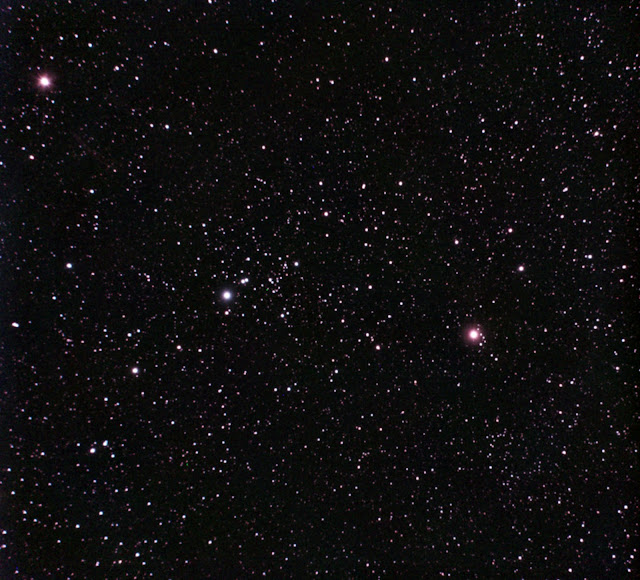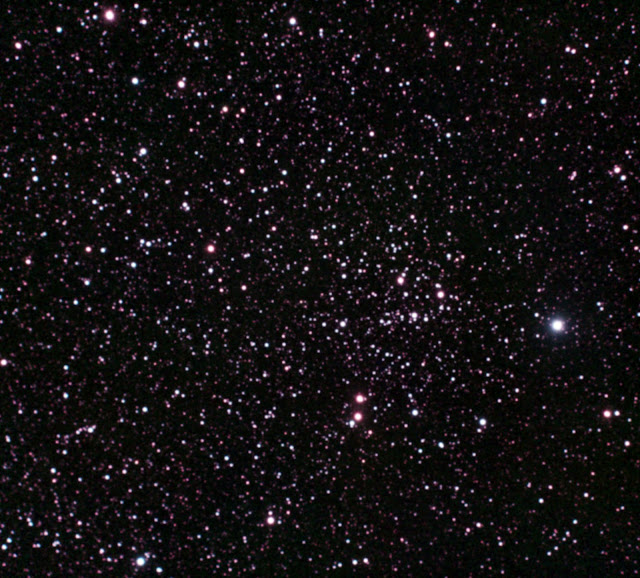In the previous post five interpolation methods, two AI, RBF, Splines and Kriging were compared for their effectiveness in eliminating background gradients. NGC7293 (Helix Nebula) was the target. The differences were subtle; however, to my eye, Kriging performed the best overall.
In this post only the latest AI (1.01), RBF, Splines and Kriging are compared by processing M8 (Lagoon Nebula), NGC281(Pacman Nebula) and M42(Orion Nebula). In the previous post stretching was done in Paintshop Pro 2021 (PSP21) before applying GraXpert. Herein GraXpert stretching was performed along with gradient processing. Also, for RBF, Splines and Kriging the same set of sampling points were used. For each set of four images the same white balance and vibrancy cosmetic tweaks were applied in PSP21.
The differences among the M8 images are very subtle; almost inconsequential. Kriging does appear to pull out a bit more nebulosity than the other methods. The differences are even more subtle among the NGC7293 images. The biggest differences among the methods are visible with M42.
 |
| M8 (A.I.) |
 |
| M8 (Kriging) |
 |
| M8 (RBF) |
 |
| M8 (Splines) |
 |
| NGC7293 (Splines) |
 |
| NGC7293 (RBF) |
 |
| NGC7293 (Kriging) |
 |
| NGC7293 (A.I.) |











































